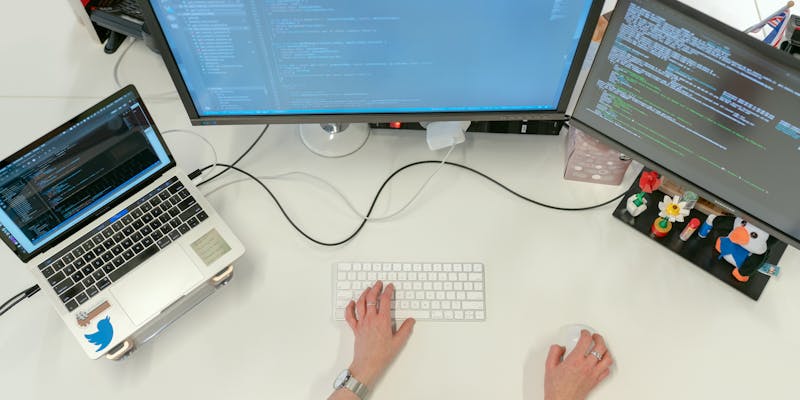The enterprise software sector is evolving rapidly, and with it, the pressure on developers to deliver top-notch products swiftly escalates. As the industry approaches significant financial benchmarks, preserving software quality is imperative. Build health tools have become crucial, automating the oversight of the SDLC, from traditional on-premises to modern SaaS models. These tools play a vital role in maintaining software standards, checking code quality, streamlining builds, and ensuring reliable deployments. Their core aim is to maintain software integrity through every development stage and guarantee stellar product performance upon release. Emphasizing such tools is essential, as they not only enhance developer productivity but also fortify the trust of customers in the digital products they depend on.
The Imperative of High-Quality Software Development
As the enterprise software market continues to grow, developers are tasked with crafting exceptional software products that can withstand a competitive landscape. The demand for quality spans from on-premises solutions, which are preferred for their control and security in regulated sectors, to the versatile SaaS model that has become the standard in numerous other industries. This is where build health tools become indispensable. By automating the validation processes during development, these tools enable engineers to pinpoint and resolve issues at the onset, rather than after deployment. This proactive stance in quality assurance minimizes risk factors and bolsters the reliability and stability of the released software, making it a fundamental component in today’s development strategies.
Integrating Build Health Tools in the SDLC
Integral to the SDLC, build health tools are implemented to create and sustain a stable and efficient development roadmap. Their role encompasses the full spectrum of the life cycle, from the initial design phase to the intricate processes of coding, which then lead to deployment and continue into maintenance. The adoption of these tools into the workflow facilitates continual improvement and ensures that the software evolves and matures alongside the market it serves. They enable automated testing for each new code, run essential security scans, and measure an array of performance indicators. This comprehensive integration not only enhances the quality and consistency of software products but also supports developers by reducing the time and effort invested in these critical, yet often laborious, processes.
Balancing Automation and Human Insight
While the automation capabilities of build health tools are transforming software development, it is vital to acknowledge the nuanced contributions of human developers. The optimal approach harmonizes the precision and efficiency of automated systems with the experience and insight of software engineers. Automation excels at efficiently managing vast amounts of repetitive tasks, yet human developers offer invaluable perspectives—such as intricate design considerations or complex problem-solving. This collaborative dynamic ensures that the development course benefits from thorough and effective quality checks, combining the strengths of both automated tools and human expertise to produce software that is not only functional but finely crafted for user needs.
Key Performance Indicators in Build Health
Monitoring key performance indicators (KPIs) is crucial for assessing the efficacy of build health tools in software development. Key metrics include anomaly detection in builds, comprehensive test coverage, precision in automated data checks, and optimizing API efficiency – all vital for preserving code quality. Additionally, developers scrutinize system resource usage, such as memory and CPU, as well as the proficiency of request handling. Ensuring that code adheres to best practices, particularly in SQL, is also a core focus. By tracking these parameters, developers can fine-tune applications to achieve peak performance and robustness. The vigilant tracking of KPIs positions developers to deliver software that not only performs seamlessly but also provides a reliable and satisfying user experience. Through this process, the end product stands out for its excellence and resilience, encapsulating the essence of high-quality software engineering.
The Future of Software Engineering with Build Health Tools
The integration of AI and machine learning into software development heralds a future of enhanced efficiencies and improved product quality. AI-driven build health tools are revolutionizing development workflows, offering faster development cycles and fostering innovation. These advanced tools signal a new paradigm in software engineering, characterized by sophisticated, high-quality software solutions that benefit developers and users alike.
As the enterprise software market evolves, build health tools powered by AI play a crucial role in sustaining high standards of software quality. When combined with the insight of experienced developers, they form a powerful synergy that guarantees robust software creation. With AI and automation leading the charge, the software development industry is on the cusp of an epoch defined by streamlined processes and an abundance of cutting-edge solutions. This synergy promises to propel the domain forward, ensuring its growth and success.

